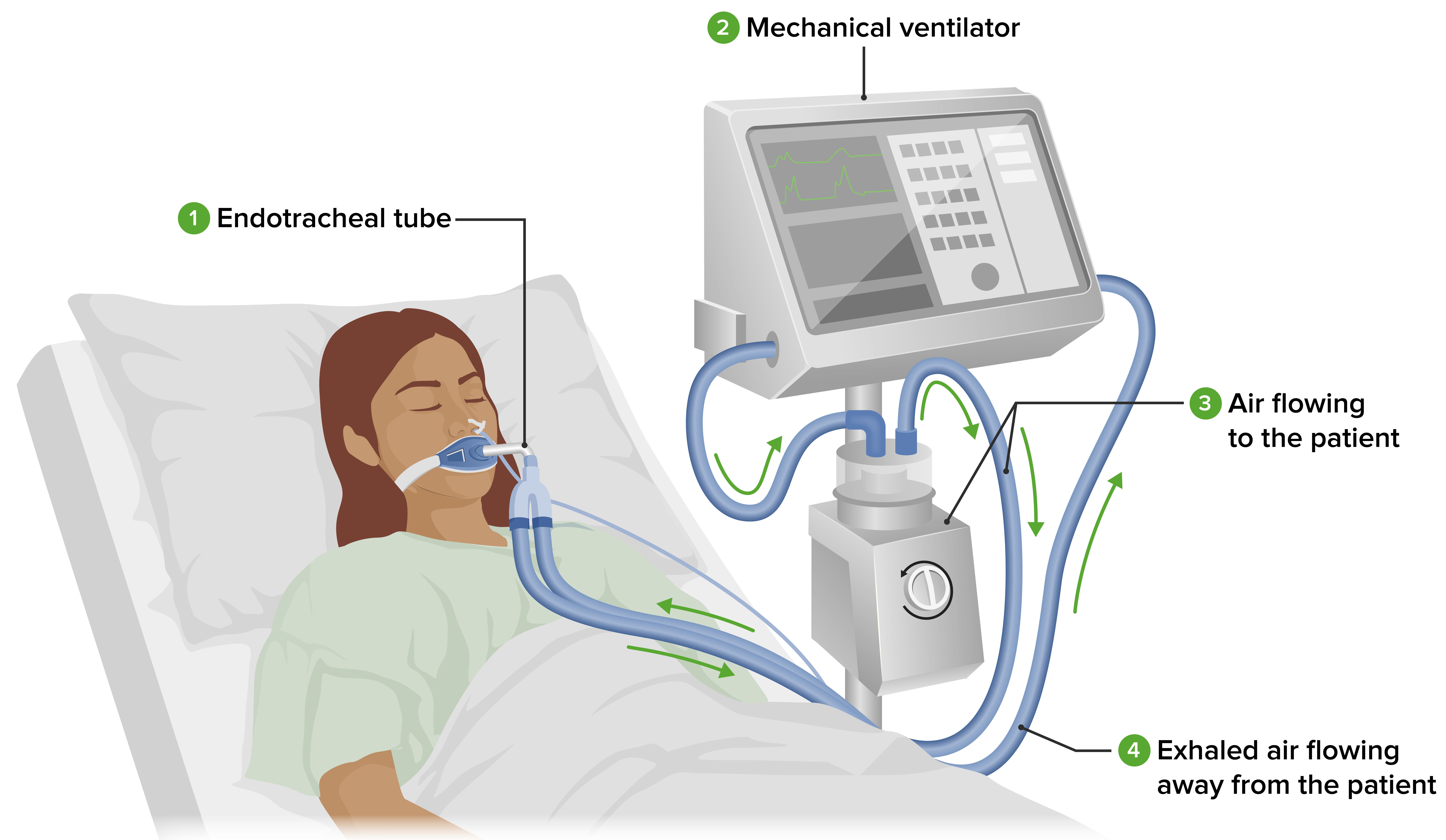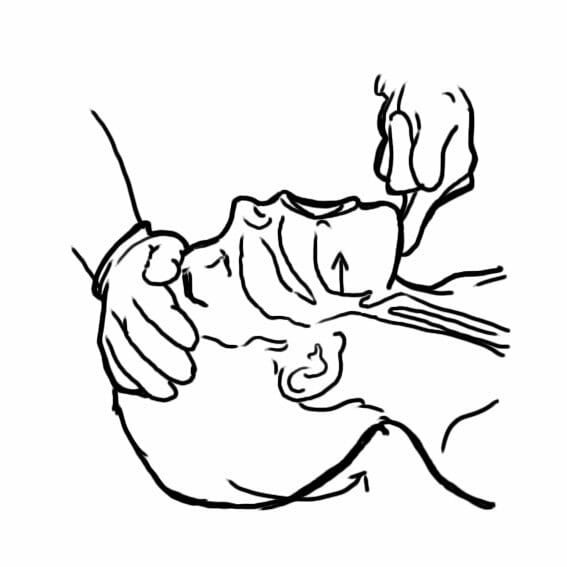Playlist
Show Playlist
Hide Playlist
If You Can Not Intubate and Ventilate – Difficult Airway
-
07 - Difficult Airway.pdf
-
Download Lecture Overview
00:00 The nightmare comes when you can't intubate and you can't ventilate. So, you make an attempt to intubate. Can't get it in. You try to ventilate, bag and mask can't ventilate. That is a disaster. 00:11 And you need help instantly. So scream for help, get some people in to give you a hand. You cannot waste any time in this situation. Try a second time to get the patient intubated. As I've said, reposition, get in the best position. If this fails, immediately use an airway adjuvant such as the LMA, and this would be my personal choice. If ventilation is now possible, and it often is after you've placed an LMA, relax, stand back, reoxygenate the patient, don't panic. And then consider using the LMA as a device through which you can intubate, or consider using a video-laryngoscope. 00:53 If the patient cannot be intubated or ventilated, and oxygen saturation is drawing, you must go to a surgical airway. And to do a crico-thyrotomy, you must understand how to do it. Or to do jet ventilation, you must understand how to do it. 01:11 So you must study those techniques BEFORE you get into this trouble. It's too late to learn when you can't ventilate and you can't intubate. Call for surgical help to do a tracheostomy if a surgeon's available. 01:23 But in honesty, you should probably do some surgical intervention yourself, either a jet ventilator or a crico-thyrotomy. And then, when the surgeon comes in, he or she can do a proper tracheostomy, and take their time, and do it properly. So an awake intubation is a way to avoid all the unpleasantness that I've talked about, about failed intubation. 01:47 But of course, in itself is not the most pleasant thing in the world. And for a patient, when you first talk to them about the fact that you're considering doing an awake intubation, the response is often extremely negative. You should have spent some time on a simulator before trying this on a patient. You should watch a senior colleague do an awake intubation and try to learn from that individual. 02:11 And if you're in your training program, this is an excellent time to observe people who have more experience with this kind of thing than you have.
About the Lecture
The lecture If You Can Not Intubate and Ventilate – Difficult Airway by Brian Warriner, MD, FRCPC is from the course Anesthesiology: Introduction.
Included Quiz Questions
What is MOST likely to be an anesthesiologist’s nightmare?
- Inability to intubate and ventilate
- Inability to intubate and expirate
- Inability to intubate and maintain blood pressure
- A surgeon's anger
- Inability to place a regional block.
Which of the following options could be considered the best temporary solution when both intubation and ventilation fail?
- Laryngeal mask airway
- Tracheostomy in the ER
- Repositioning the patient
- Repeated attempts with a video-laryngoscope
- Nasal cannula
Customer reviews
5,0 of 5 stars
| 5 Stars |
|
5 |
| 4 Stars |
|
0 |
| 3 Stars |
|
0 |
| 2 Stars |
|
0 |
| 1 Star |
|
0 |






